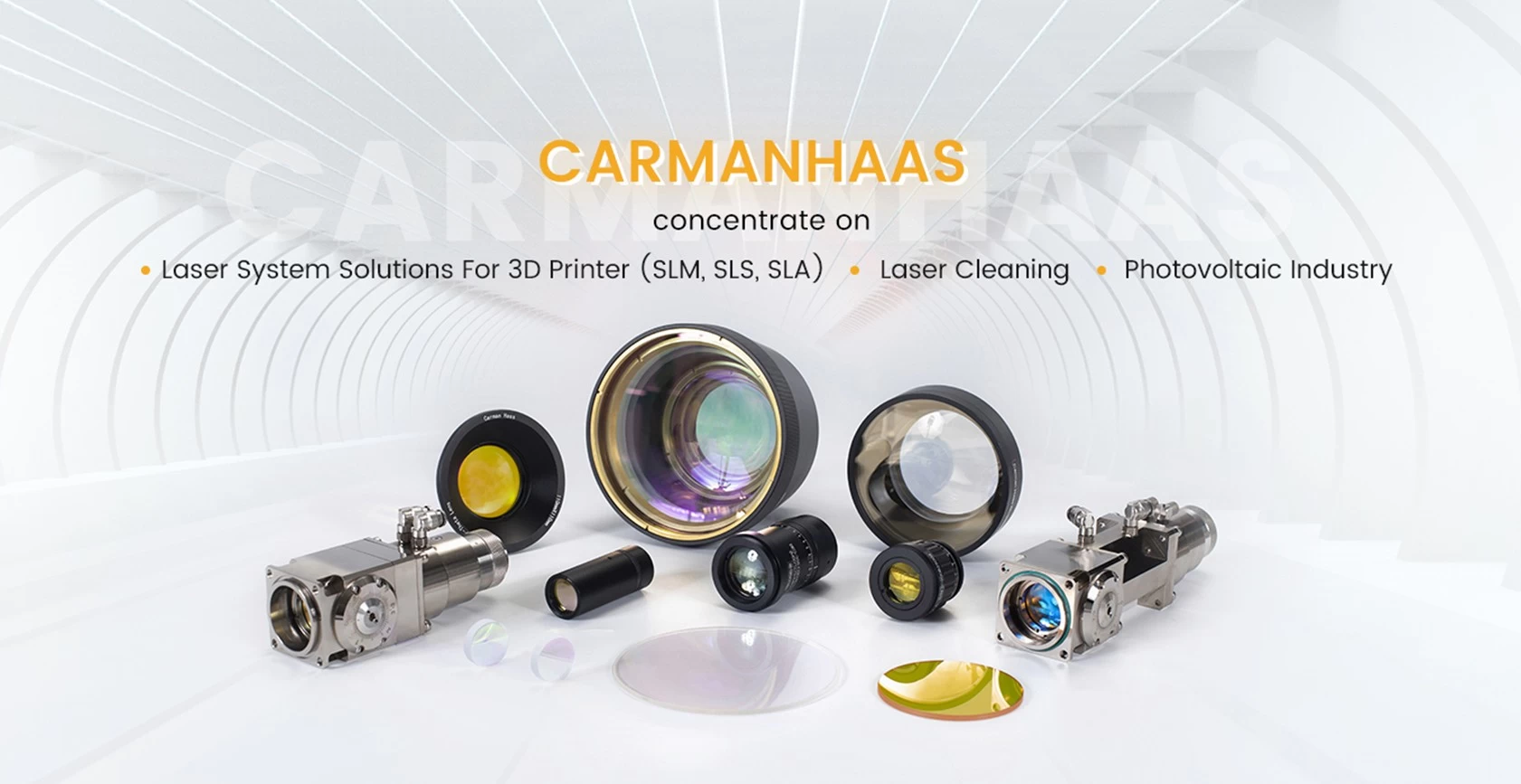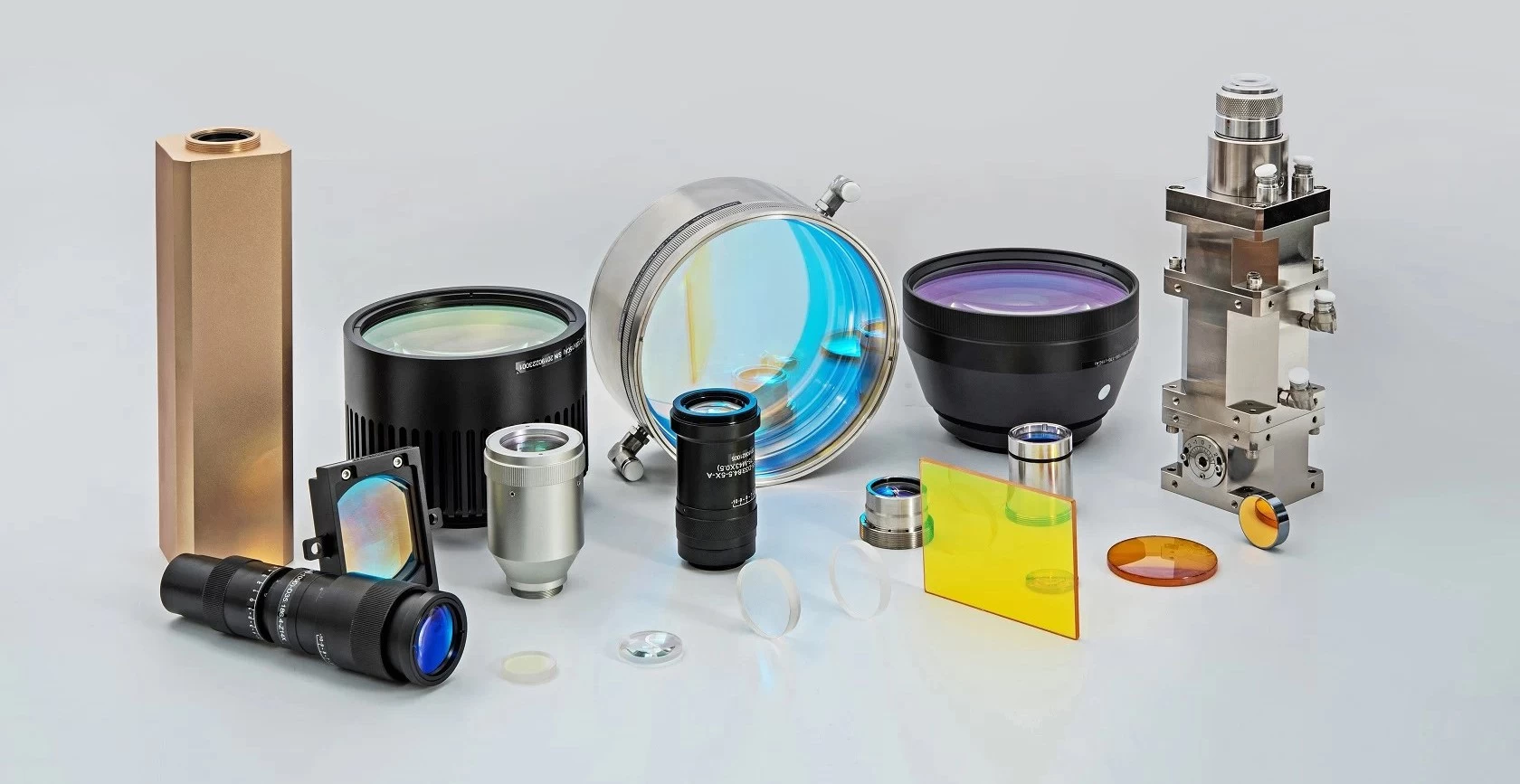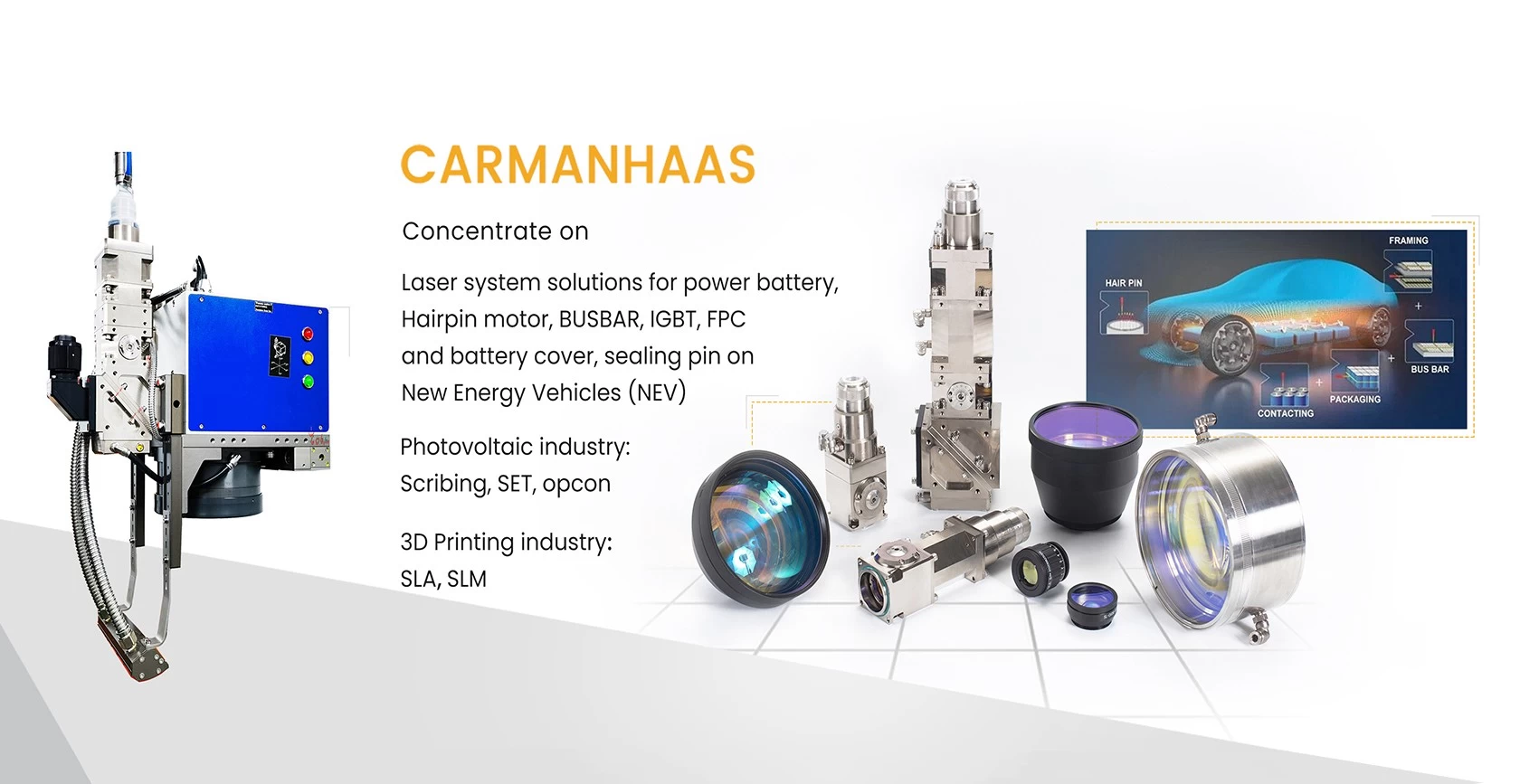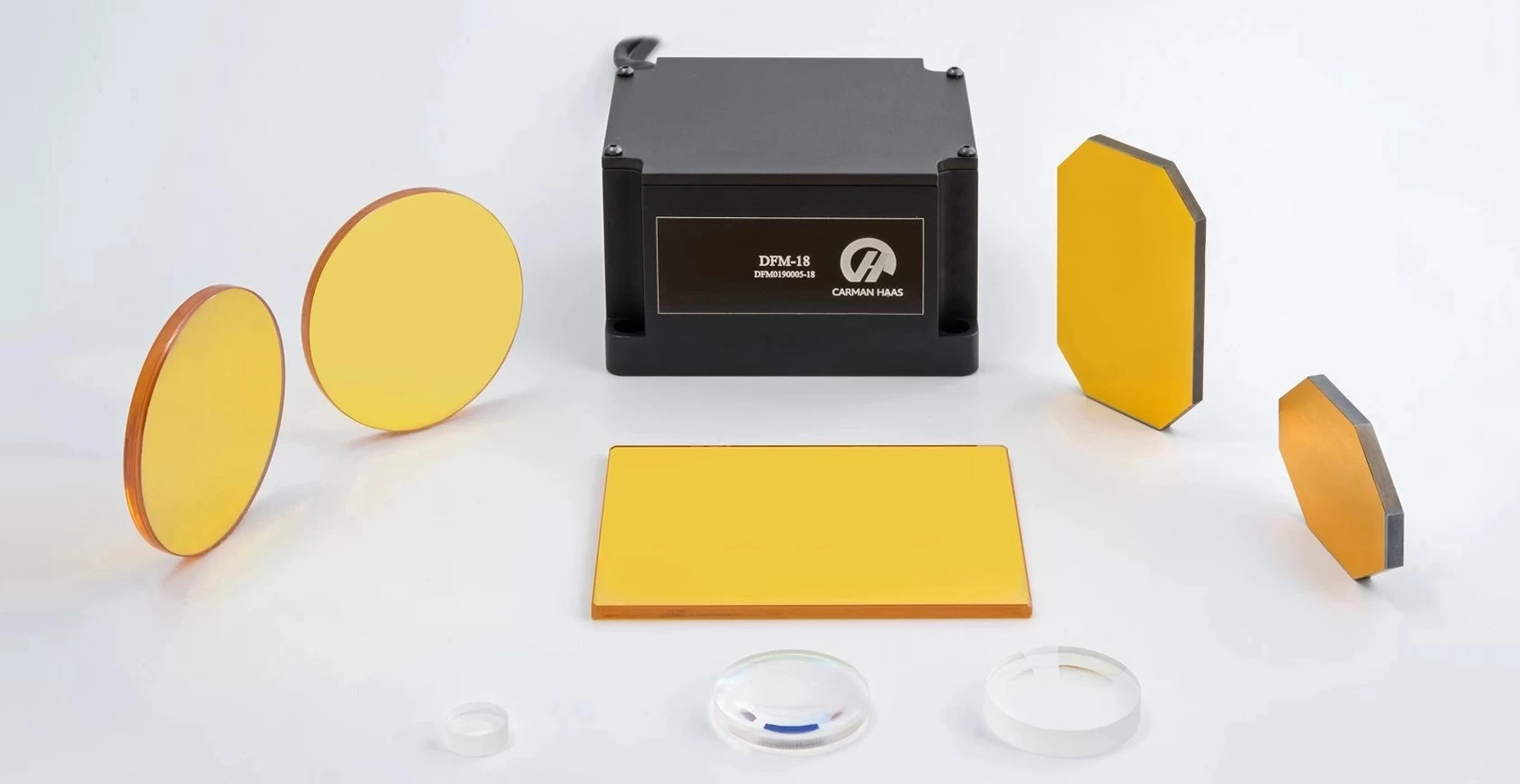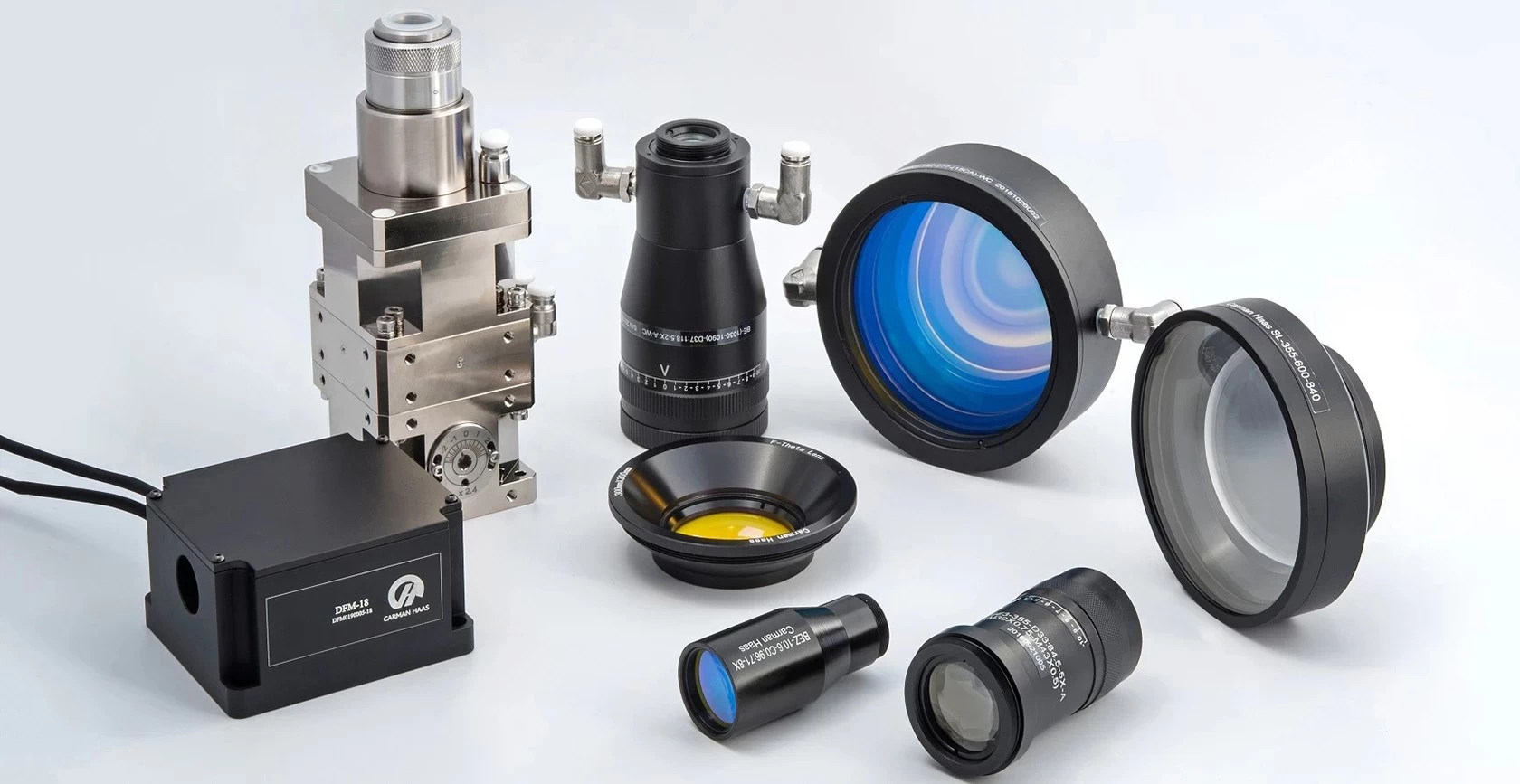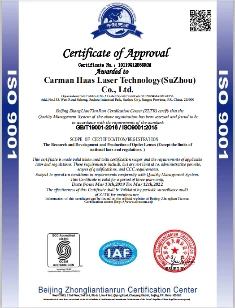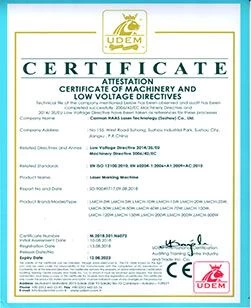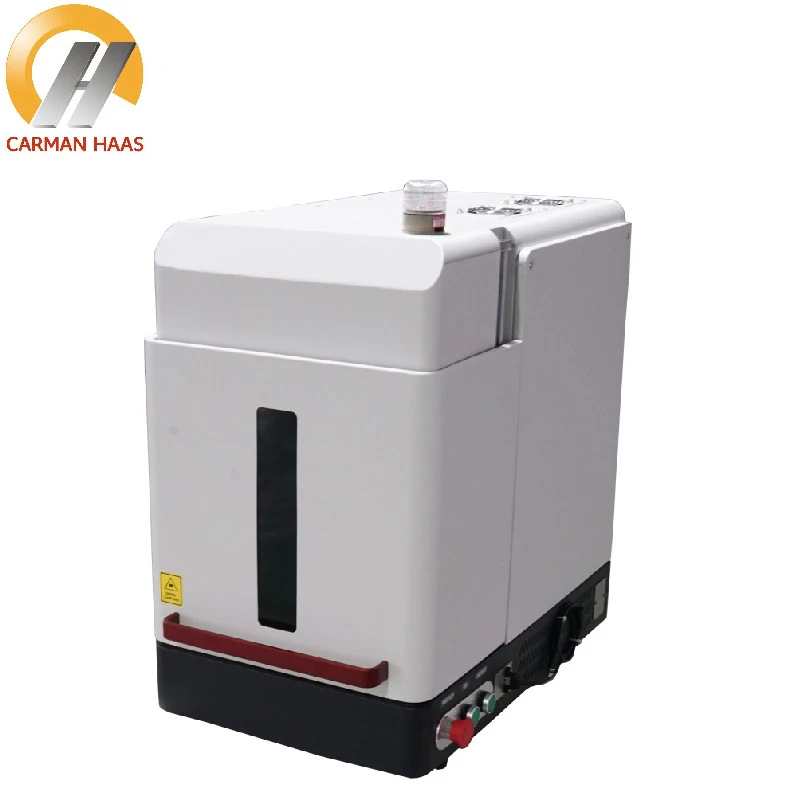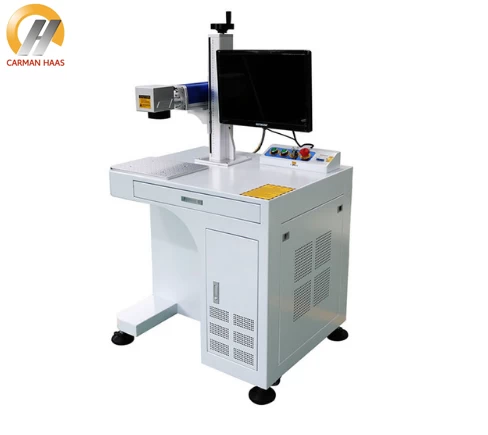Laser output light, beam expander, galvanometer, field mirror relationship
2020-07-07 15:44:46
1. The laser emits light. This is how large the spot from the laser is. This kind of light beam is generally collimated light, and the light that has not been collimated, that is, the light from the laser of the QBH interface we usually say cannot use this formula, we need to pay attention to this point.
2. Beam expander, as the name implies, is an optical device that expands the laser beam. The product of the laser beam waist radius and the divergence angle is a fixed value. A laser beam passes through an X-fold beam expander, and its beam waist radius is increased by X times, but the beam divergence angle is reduced to 1/X. Some people ask: What are the benefits of narrowing the divergence angle? Let me tell you that a laser beam with a small divergence angle will get a smaller focus point through a focusing lens of the same specification. However, many customers do not understand the role of beam expanders, and few can make it clear. Let me briefly say here:
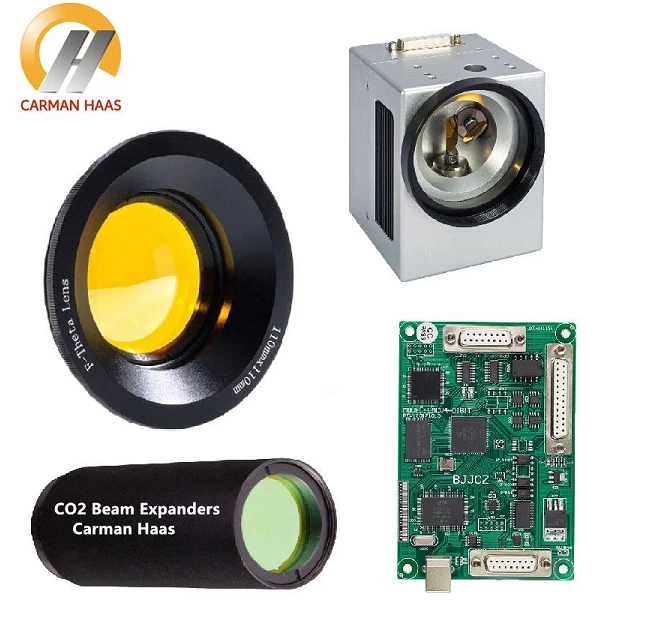
First: make the focusing effect better and get a smaller focusing spot. Remember, the light from the beam expander with a larger multiple is better focused by the focusing lens.
Second: Disperse the energy evenly, reduce the energy density reaching the vibrating lens or mirror, and make the vibrating lens or 45-degree reflective lens more durable.
Third: Amplify the beam. This is mainly reflected in the laser performance system. Although we are in the industrial processing system, we amplify the beam every time, but our purpose is not only to amplify the beam but the first two purposes. The purpose of using a beam expander is to amplify the beam.
3. Galvanometer, in the final analysis, two ammeters + pointers tied to the X\Y lens, and the number of galvanometer spots (10 spots 12 spots 20 spots, etc.) means how much light can be reflected by the area of the galvanometer lens. The smaller the galvanometer lens, the smaller the beam that can be reflected; the larger the galvanometer lens, the larger the beam that can be reflected. However, we should pay attention to that the larger the lens of the galvanometer, the heavier the weight of the galvanometer lens. The larger the weight, the greater the inertia. When the inertia is greater, the greater the inertia, the faster the galvanometer will be. . Why choose big vibration lens? It is because in order to obtain a light beam with a smaller divergence angle, a large multiple beam expander is used, and a large multiple beam expander is used, then a large beam will inevitably come out, and the large beam must be reflected by the corresponding vibrating lens. One thing to remember: line fineness and marking speed are a contradiction. We can only choose according to our needs, not both.
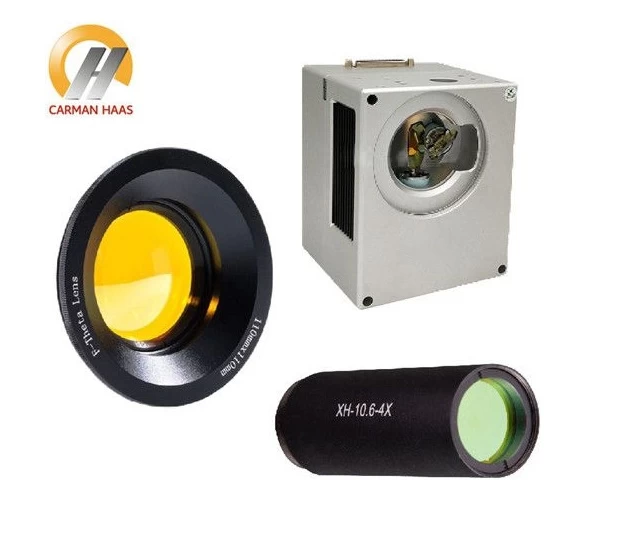
4. The field lens (scan lens), to put it simply is a focusing lens. To put it more complicated is to point the lens at the focal length position in a prescribed plane. Of course, this is not a rigorous statement, but This is basically what it means. The field lens has a parameter called the entrance pupil (Full Beam Diameter), also called the entrance pupil. For the entrance pupil, we require that the entrance pupil of the field lens ≥ the spot of the galvanometer. If the entrance pupil of the field lens is smaller than the spot of the galvanometer, then it may appear. When marking to the edge of the field lens, the edge will be marked significantly shallower than the middle. The position, even the range that can be reached will be smaller than the nominal range of the field lens.
The multiple of the laser output beam x beam expander ≤ the number of spots of the galvanometer ≤ the entrance pupil of the field lens
In the pursuit of speed, we try to make the spot number of the galvanometer smaller.
In the pursuit of precision, we require that the number of galvanometer spots and the entrance pupil of the field lens be larger.



